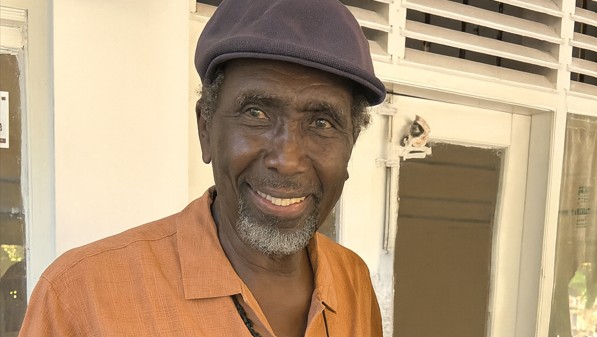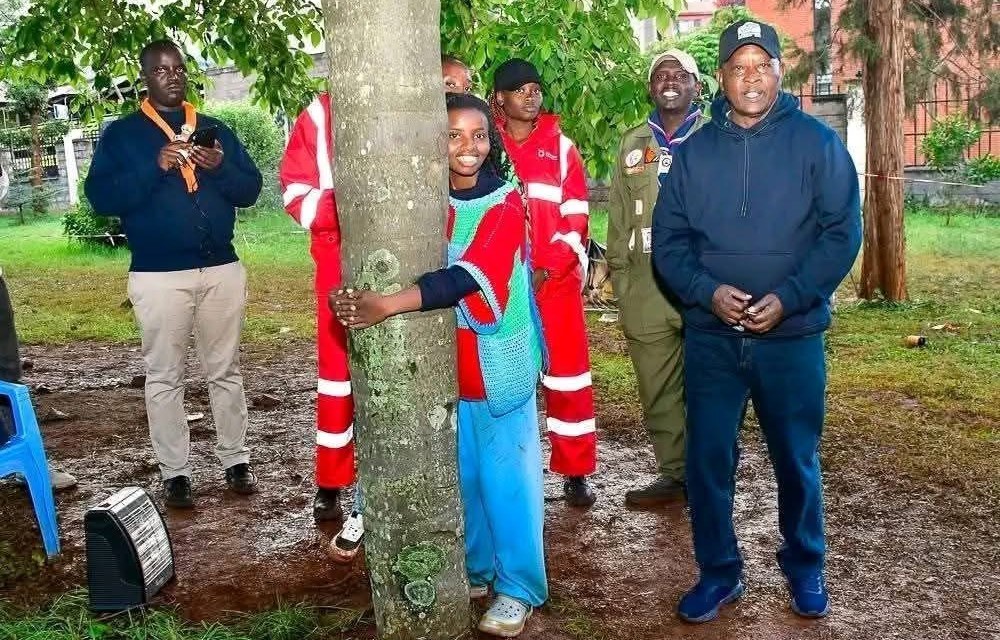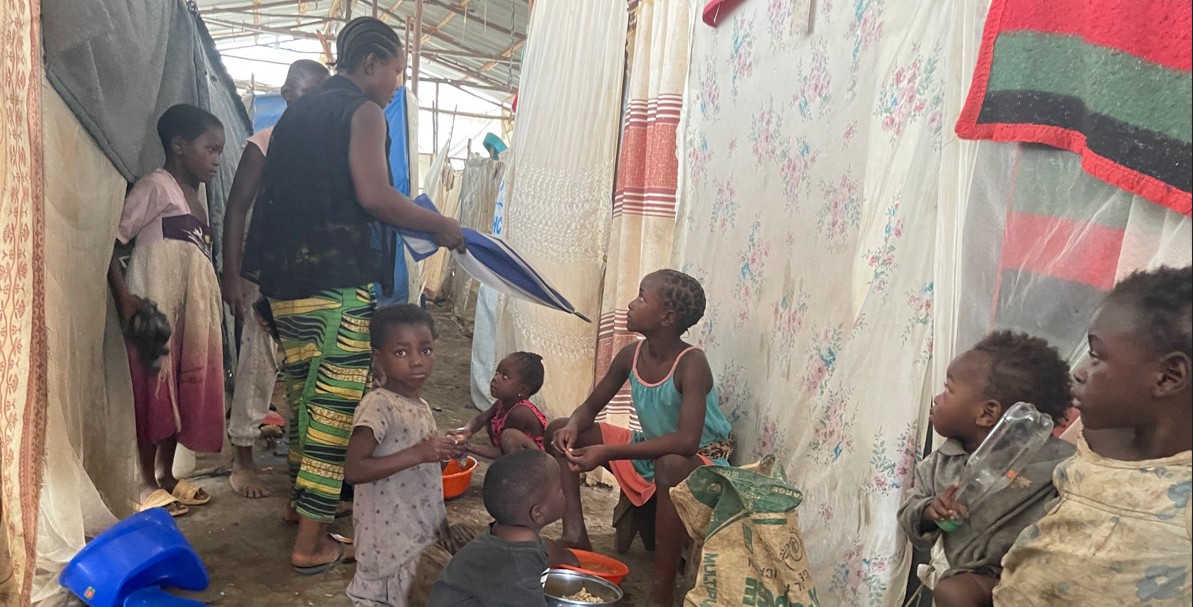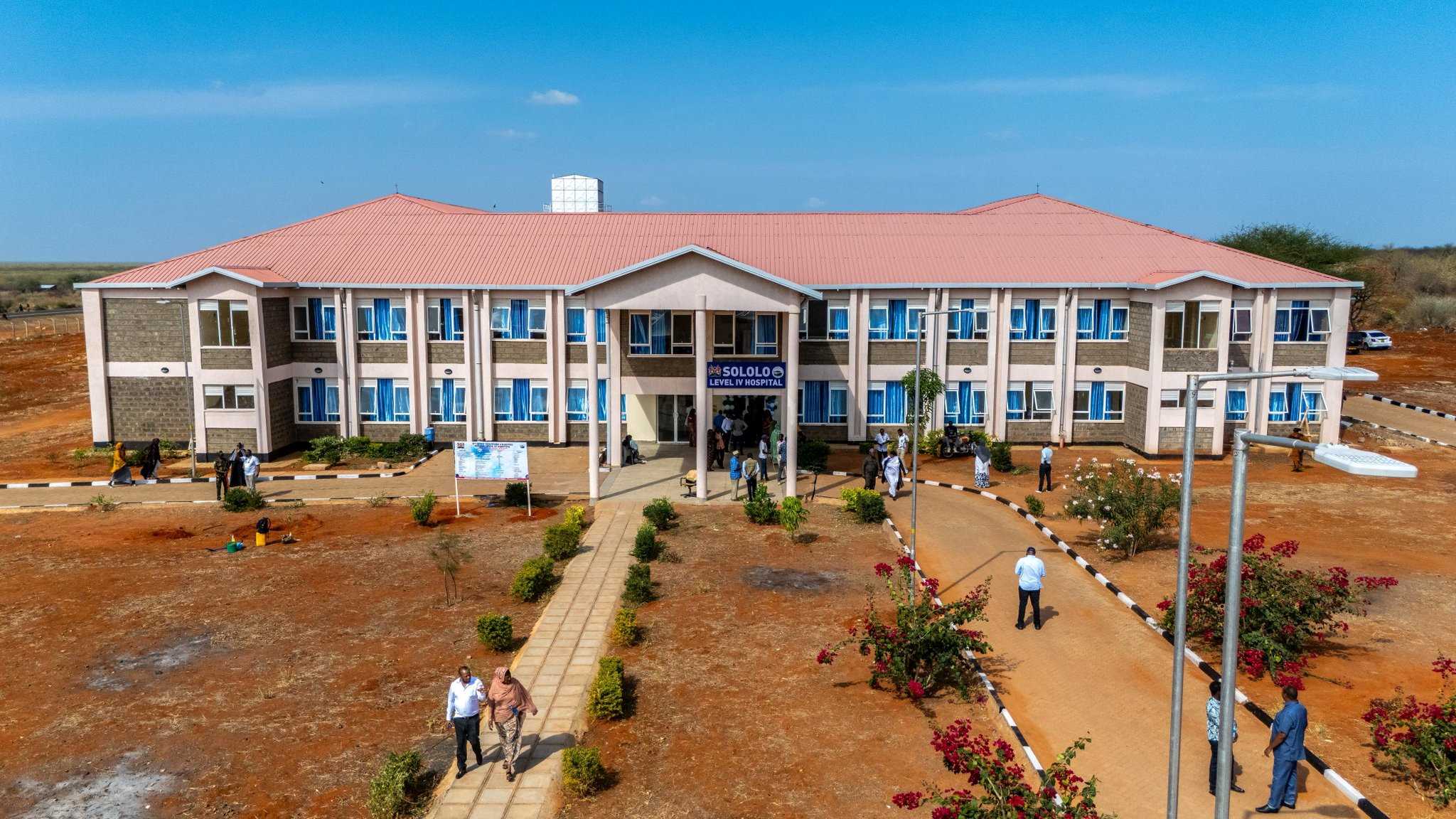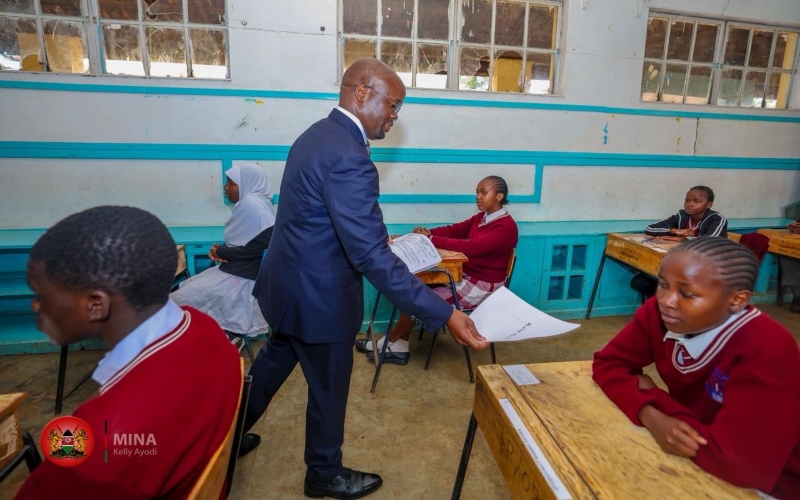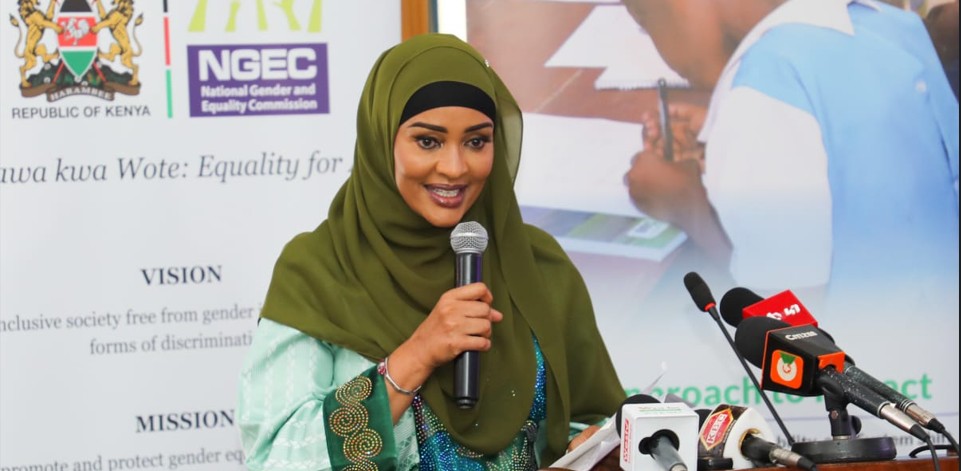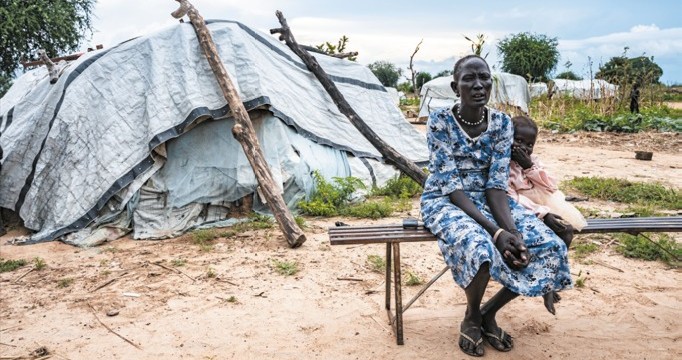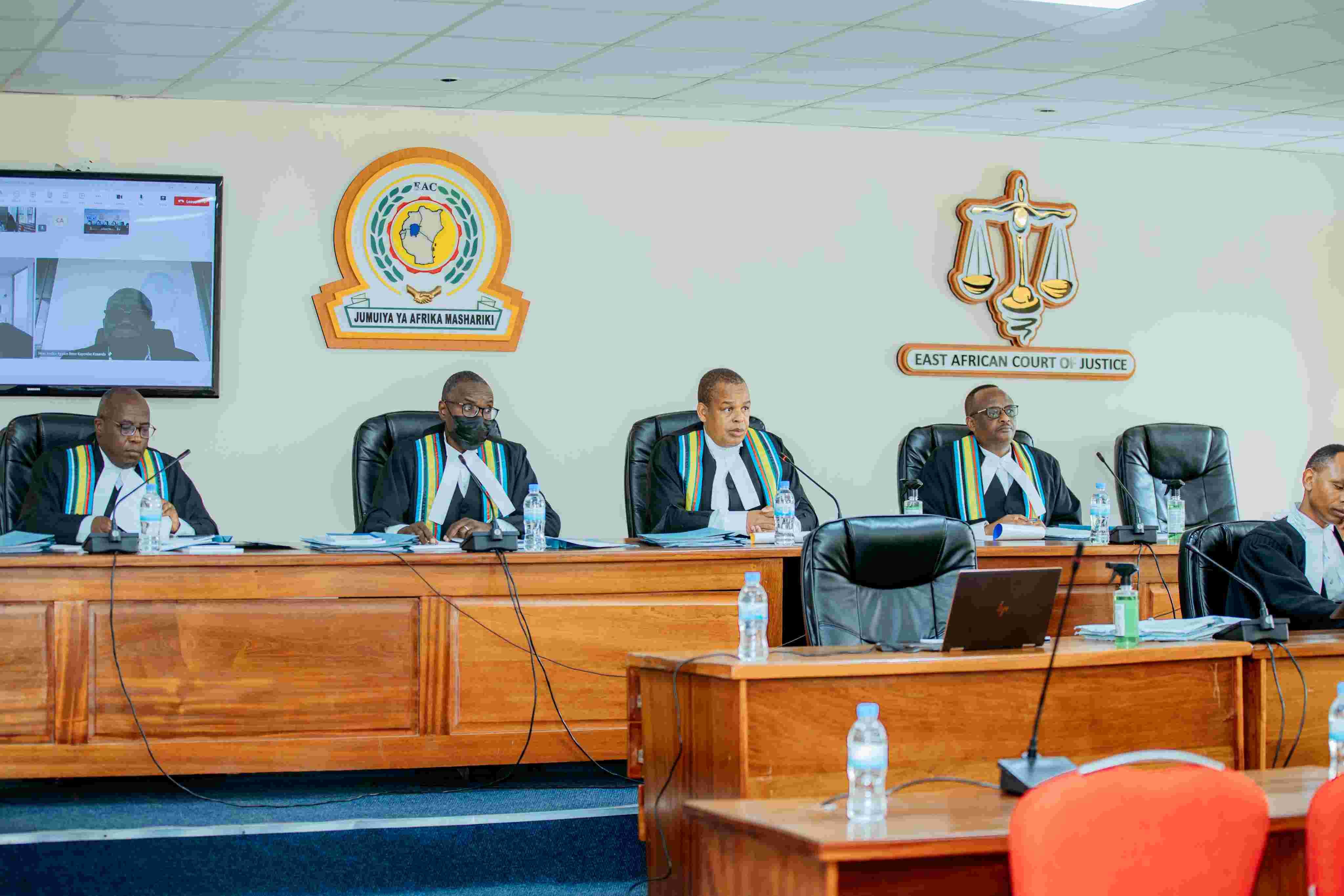International Day of the Girl: UNICEF highlights increased risks for girls amid crisis
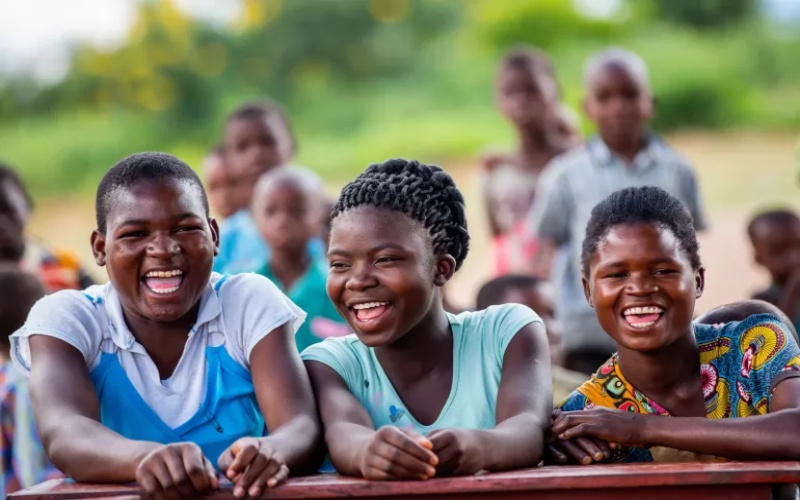
This year's theme, The Girl I Am, The Change I Lead, as the world marks 30 years since the Beijing Declaration, the world's blueprint for gender equality, celebrates girls' leadership amid multiple crises.
The United Nations International Children's Emergency Fund (UNICEF) has, on International Day of the Girl, highlighted that crisis, conflict, and displacement significantly increase the risks of child marriage, sexual violence, and maternal mortality for girls.
In a statement, UNICEF emphasised that despite challenges, proven solutions exist to accelerate progress toward a future where every girl has access to healthcare, education, skills, safety, and opportunities to succeed.
More To Read
- Kenya unveils two-year strategy to fix data gaps and fast-track gender equality
- Iranian woman spared execution after paying Sh12 million compensation for killing abusive husband
- Commission sounds alarm as new data shows rising gender-based violence in Kenya
- Men are majority of homicide victims in Kenya despite media focus on women, state report reveals
- Parliament to debate Bill ending private settlements in SGBV cases
- KNCHR raises alarm as over 100 femicide cases recorded in three months
UNICEF stated that investing in girls yields high returns not only for them but for their communities and economies as a whole.
"There are proven solutions for accelerating progress towards a future in which every girl has the healthcare, education, skills, safety and opportunities she needs to succeed. Investing in girls is one of the smartest actions we can take, with high returns for girls, their communities and entire economies," stated UNICEF.
It added that this year’s celebrations under the theme The girl I am, the change I lead: Girls on the frontlines of crisis, as the world marks the 30th anniversary of the Beijing Declaration - the global blueprint for gender equality, honour girls’ leadership in the face of multiple crises.
"Being a girl shouldn’t determine what you can do, where you can go or who you can become. But right now, that's the reality for millions of girls across the world. Too many are being left behind – confronted by extreme challenges that deny girls their rights, restrict their choices and limit their futures," it added.
Around the world, girls are organising in their communities, fighting for climate justice, and demanding an end to violence.
However, over the past 20 years, self-harm has been a leading cause of death among adolescent girls, with an estimated 67,000 deaths each year and one in ten adolescents engaging in self-harm.
According to the World Health Organisation (WHO), self-harm is defined as the act of intentionally causing harm to oneself, usually without the intention to die. This can include behaviours such as cutting, burning, hitting oneself, or ingesting harmful substances, often as a way to cope with emotional pain or distress.
Several risk factors contribute to self-harm among adolescent girls. Mental health issues such as depression and anxiety increase the likelihood of self-harming behaviours, as girls may use these actions to manage overwhelming feelings.
Low self-esteem and poor body image also play a significant role. Experiences of trauma and abuse, including sexual, physical, or emotional abuse, are strongly linked to self-harm, as is bullying or peer pressure, which can lead to feelings of isolation and inadequacy.
Family and social environments are important factors; unstable home situations, family conflict, or social isolation can heighten emotional distress and vulnerability to self-harm.
Additionally, adolescents who are exposed to self-harm in friends or family members may be more likely to engage in similar behaviours. Pressures related to academics, social acceptance, and the influence of social media, such as exposure to unrealistic body standards or online bullying, further increase risk.
Cultural and societal issues, including gender-based violence and discrimination, also contribute to mental health struggles that may result in self-harm. Moreover, limited access to mental health support, especially in low-resource settings, can prevent adolescent girls from receiving the help they need to cope with their challenges.
The WHO highlights the importance of early intervention, mental health care, and supportive community programs to prevent self-harm. Creating safe environments, improving access to counselling and education on healthy coping strategies are key steps toward reducing self-harm among adolescents.
Globally, more than 370 million girls and women, about one in eight, have experienced rape or sexual assault before the age of 18. When including non-contact abuse, such as verbal or online harassment, this number rises to 650 million. Meanwhile, one in five girls is married before turning 18, cutting short their education, safety, and future opportunities.
Girls aged 15 to 19 are twice as likely as boys to be out of education, employment, or training, and in fragile contexts, they are nearly 90 per cent more likely to be out of school than girls in stable settings.
Nearly one in four girls aged 15 to 19 who have been in a relationship has experienced intimate partner violence. Among young women aged 20 to 24, one in five were married as children, with child marriage rates almost double the global average in fragile settings.
Top Stories Today
